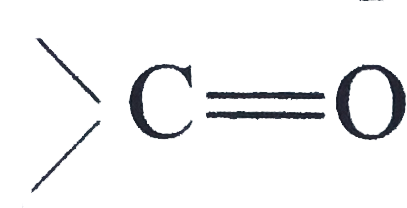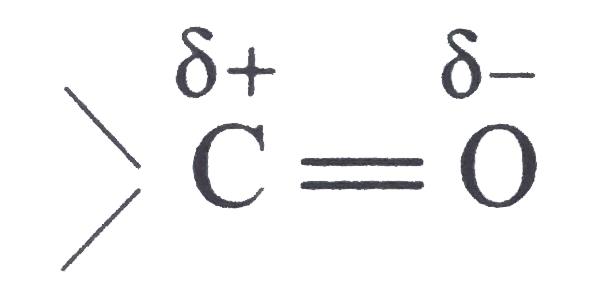Carbon Family|Electronic Configuration|Covalent Radii|Ionization Enthalpy|Electronegativity|Reactivity Towards Oxygen|Reactivity Towards Water|Reactivity Towards Halogens|Anomalous Behavior Of C|Uses Of Carbon|Some Important Compounds Of Carbon And Silicon|OMR
Step by step video solution for Carbon Family|Electronic Configuration|Covalent Radii|Ionization Enthalpy|Electronegativity|Reactivity Towards Oxygen|Reactivity Towards Water|Reactivity Towards Halogens|Anomalous Behavior Of C|Uses Of Carbon|Some Important Compounds Of Carbon And Silicon|OMR by Chemistry experts to help you in doubts & scoring excellent marks in Class 12 exams.
Updated on:21/07/2023Similar Questions
Aldehydes and ketones ar specially susecptible to nucleophilic addition because carbonyl group is polar (due to electronegativity difference between carbon and oxygen) Positive charge on carbon makes it reactive towards the nucleophili. This addition is catalysed by acid. Reactivity of carbonyl compound towards nucleophilic addition increases with increases in the electron deficiency at carbonyl carbon. Thus, (-I.E.)groups increase while (+I.E.) groups decrease the reactivity of carbonyl compound. Which among the following is most reactive to give nucleophilic addtion ?
View SolutionAldehydes and ketones ar specially susecptible to nucleophilic addition because carbonyl group is polar (due to electronegativity difference between carbon and oxygen) Positive charge on carbon makes it reactive towards the nucleophili. This addition is catalysed by acid. Reactivity of carbonyl compound towards nucleophilic addition increases with increases in the electron deficiency at carbonyl carbon. Thus, (-I.E.)groups increase while (+I.E.) groups decrease the reactivity of carbonyl compound. Select the least reactive carbonyl compound for nucleophilic addition :
View SolutionAldehydes and ketones ar specially susecptible to nucleophilic addition because carbonyl group
 is polar (due to electronegativity difference between carbon and oxygen)
is polar (due to electronegativity difference between carbon and oxygen)

Positive charge on carbon makes it reactive towards the nucleophili. This addition is catalysed by acid.
Reactivity of carbonyl compound towards nucleophilic addition increases with increases in the electron deficiency at carbonyl carbon. Thus, (-I.E.)groups increase while (+I.E.) groups decrease the reactivity of carbonyl compound.
Which among the following isomeric compounds is most reactive?
View SolutionThe order of reactivity of halogens towards hydrogen is
View SolutionThe order of reactivity of halogens towards hydrogen is
View SolutionReactivity of halogens towards alkanes is in order
View SolutionGive the order of the reactivity of halogen acids towards the cleavage of carbon - oxygen bond of ethers.
View SolutionReactivity of halogens towards alkanes is in the order
View Solution
